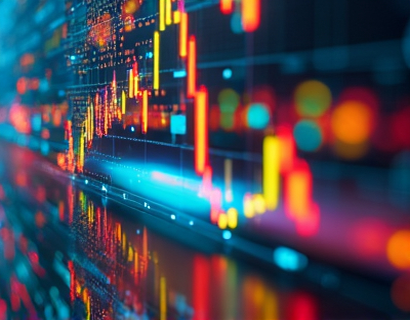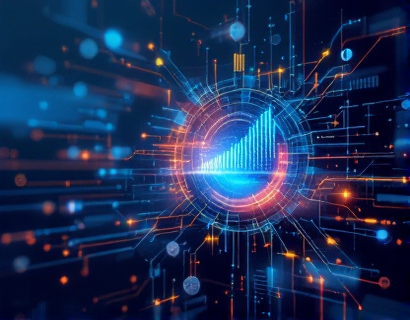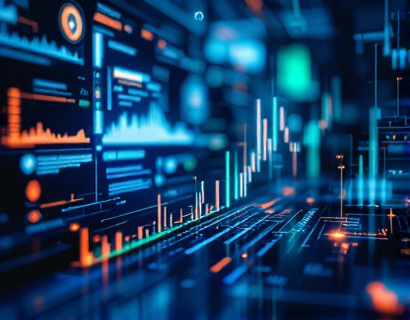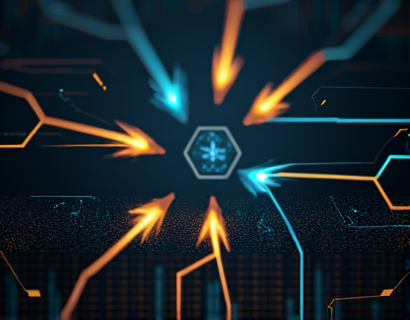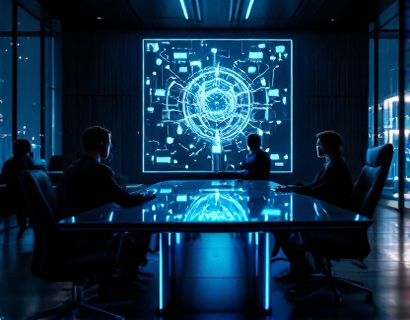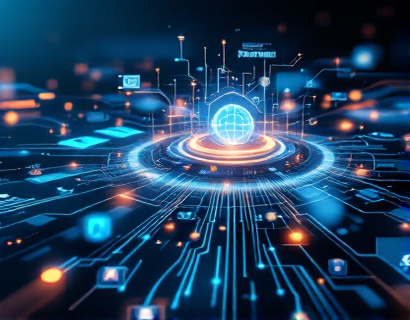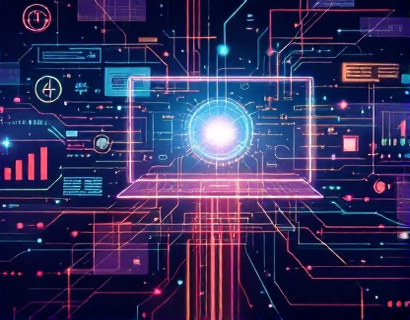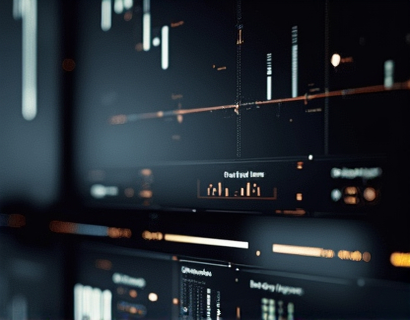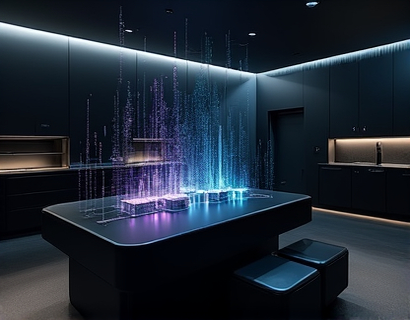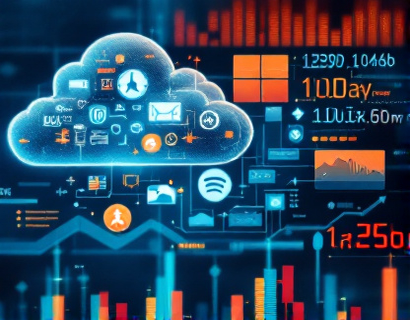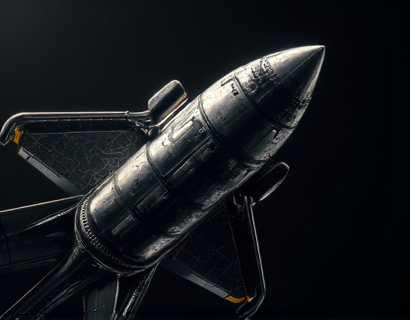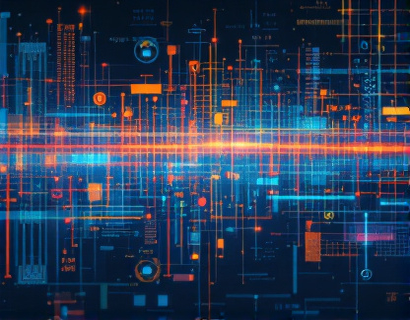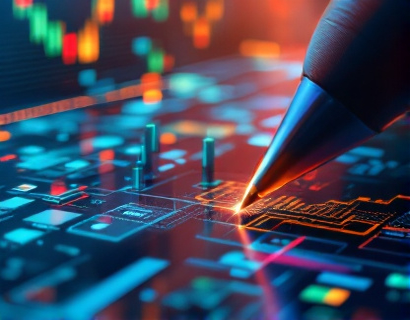Blockchain for Art: Revolutionizing the Preservation and Tracking of Historical Artifacts with Decentralized Solutions
Blockchain technology, originally designed for cryptocurrencies, has found a novel application in the art world, transforming the way historical artifacts and artworks are tracked, authenticated, and preserved. This decentralized ledger system offers a robust framework for ensuring the integrity and provenance of cultural treasures, addressing longstanding challenges in the art and heritage management sector. By leveraging blockchain, stakeholders in the art world—collectors, museums, cultural institutions, and art enthusiasts—can benefit from a more transparent, efficient, and secure environment for managing unique cultural assets.
The core advantage of blockchain in art preservation lies in its ability to create an immutable and transparent record of an artwork's history. Each transaction or change in ownership is recorded as a block in the chain, linked cryptographically to the previous block, forming a tamper-proof sequence. This ensures that the provenance of an artwork can be traced back to its origins with unprecedented accuracy, reducing the risk of forgeries and unauthorized transactions.
Enhancing Authenticity and Provenance
One of the most significant challenges in the art market is verifying the authenticity of artworks. Forgeries and misattributions have long plagued collectors and institutions, leading to significant financial losses and damage to reputations. Blockchain technology addresses this issue by providing a decentralized and immutable ledger that records every aspect of an artwork's lifecycle, from creation to current ownership. This ledger includes details such as the artist's signature, creation date, materials used, and any previous owners or exhibitions.
The use of smart contracts on the blockchain further enhances this process. Smart contracts are self-executing contracts with the terms of the agreement directly written into code. In the context of art, smart contracts can automate and enforce the rules and conditions of transactions, ensuring that all parties adhere to agreed-upon terms. For example, a smart contract can verify that an artwork has been authenticated by a recognized expert before transferring ownership, thereby reducing the risk of fraud.
Streamlining Provenance Verification
The verification of an artwork's provenance is a complex and time-consuming process, often involving multiple documents and intermediaries. Blockchain simplifies this by providing a single, accessible source of truth. Every stakeholder involved in the artwork's history can access the blockchain to view the complete provenance, from the artist to current owners. This transparency not only builds trust among collectors and institutions but also facilitates more informed decision-making.
For instance, a museum acquiring a new piece can quickly verify the artwork's history by checking the blockchain record. This reduces the need for extensive and costly due diligence processes, making the acquisition of art more efficient. Additionally, the immutable nature of blockchain ensures that once a record is added, it cannot be altered, providing a permanent and reliable reference for future generations.
Preservation and Management of Cultural Heritage
Beyond authentication and provenance, blockchain technology offers valuable tools for the preservation and management of cultural heritage. Cultural institutions can use blockchain to create digital twins of physical artifacts, storing detailed 3D models and other relevant data on the blockchain. These digital representations can be used for research, education, and virtual exhibitions, reducing the need to physically handle fragile or sensitive items.
Moreover, blockchain can facilitate collaborative efforts among institutions to preserve and protect cultural heritage. By sharing access to blockchain records, museums and cultural organizations can coordinate conservation efforts, track the condition of artifacts over time, and respond promptly to any threats such as theft or environmental damage. This collaborative approach ensures that valuable cultural assets are safeguarded for future generations.
Decentralized Ownership and Access
Blockchain's decentralized nature also empowers individual collectors and smaller institutions by providing equal access to a transparent and secure system. Traditionally, the art market has been dominated by a few large players, making it difficult for smaller entities to participate. Blockchain democratizes this process by allowing anyone with an internet connection to verify and engage with the provenance and ownership of artworks.
Furthermore, blockchain-based platforms can facilitate peer-to-peer transactions, reducing the need for intermediaries such as galleries and auction houses. This not only lowers transaction costs but also gives collectors more control over their assets. Owners can securely transfer ownership, issue digital certificates of authenticity, and manage rights and permissions all through the blockchain, streamlining the entire process.
Case Studies and Real-World Applications
Several initiatives and platforms are already leveraging blockchain technology to revolutionize the art world. One notable example is the use of blockchain in the Verisart platform, which provides artists and collectors with a secure way to authenticate and verify the provenance of artworks. Verisart's blockchain-based system ensures that each piece of art comes with a digital certificate of authenticity, reducing the risk of forgeries and enhancing trust in the market.
Another example is the work of the World Wide Art Registry (WWAR), which uses blockchain to create a global database of artworks. WWAR's platform allows artists, collectors, and institutions to register and track their assets, providing a comprehensive and secure record of ownership and provenance. This not only aids in authentication but also helps in managing the global art market more effectively.
Challenges and Considerations
Despite the numerous benefits, the adoption of blockchain in the art world is not without challenges. One significant issue is the technical complexity and the need for education among stakeholders. Many in the art industry may not be familiar with blockchain technology, making it essential to provide training and resources to facilitate adoption.
Another challenge is the integration of blockchain with existing systems and processes. Cultural institutions and collectors may need to update their infrastructure to support blockchain-based solutions, which can be resource-intensive. However, the long-term benefits of increased efficiency, security, and transparency often outweigh these initial costs.
Regulatory considerations also play a role. As blockchain technology is still evolving, there may be legal and regulatory uncertainties surrounding its use in the art market. Institutions must stay informed about relevant laws and regulations to ensure compliance while leveraging the technology's potential.
Future Prospects
The future of blockchain in the art world looks promising, with ongoing developments and innovations set to enhance its applications. As more stakeholders recognize the value of blockchain for preserving and managing cultural heritage, adoption is likely to increase. The integration of blockchain with other emerging technologies, such as artificial intelligence and the Internet of Things, could further revolutionize the sector.
For instance, AI can be used to analyze blockchain data to identify trends, predict market movements, and enhance authentication processes. The Internet of Things can enable real-time monitoring of environmental conditions for stored artifacts, ensuring their preservation. These synergies will create a more robust and intelligent ecosystem for art and cultural heritage management.
In conclusion, blockchain technology is poised to transform the art world by providing a secure, transparent, and efficient framework for tracking and preserving historical artifacts and artworks. By addressing longstanding challenges in authenticity, provenance, and preservation, blockchain empowers collectors, museums, and cultural institutions to collaborate more effectively and safeguard cultural treasures for future generations.





